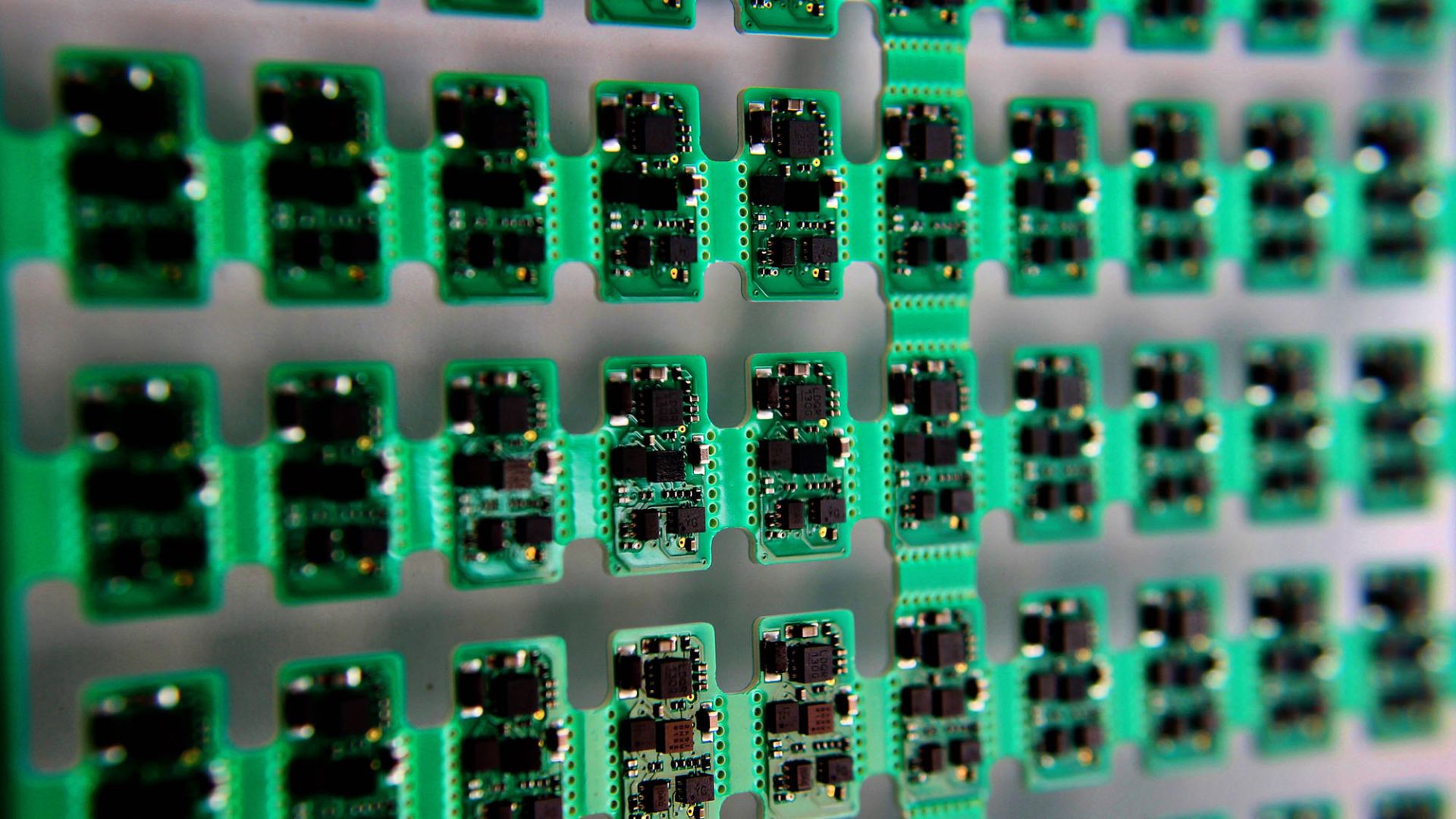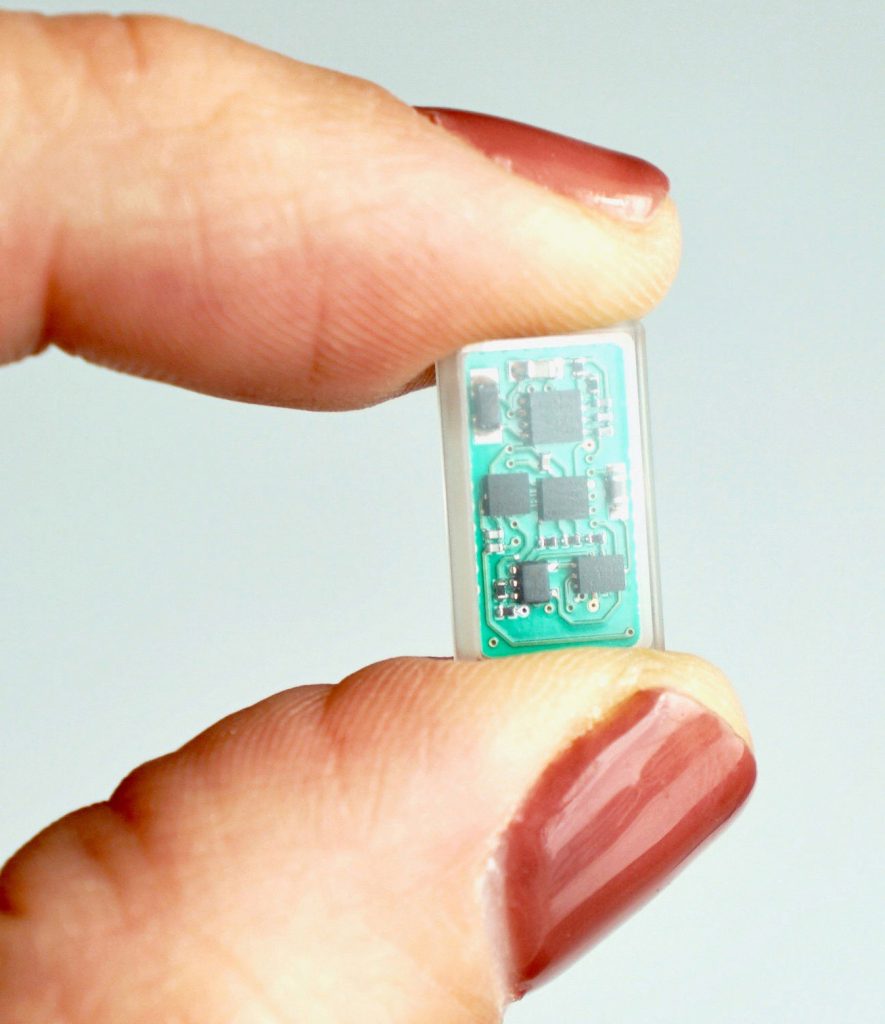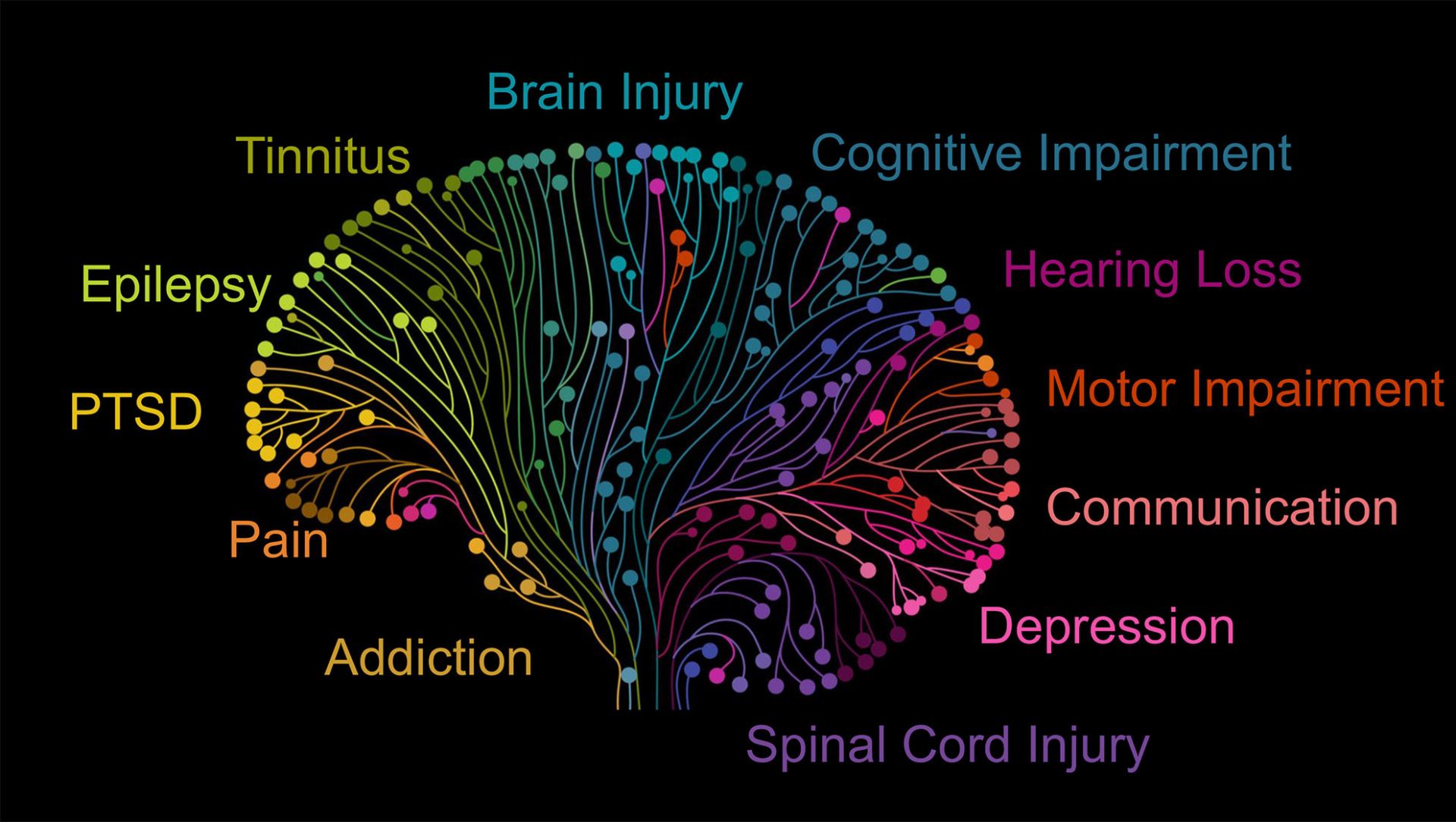Rewire

One Device, Unlimited Possibilities
Returning veterans have serious physical and sometimes invisible wounds and problems that need to be addressed. 56% of veterans returning from the Global War on Terror sustained a blast-related injury which resulted in multiple injuries. Researchers at the Texas Biomedical Device Center have developed a single therapy that addresses most of their injuries allowing these veterans to fully reengage in life.
Blast-induced brain injury is the signature injury in the global war on terror. The average blast-exposed soldier has SIX neurological conditions (Sayer, 2008).

No complete solutions existed for patients with neurological injuries…
…until now.
Researchers at the Texas Biomedical Device Center have developed a therapy to help brain injury patients fully reengage in life. This therapy uses stimulation of the vagus nerve during rehabilitation to rewire neural circuits, dramatically improving recovery. We call this approach Targeted Plasticity Therapy (TPT). TxBDC researchers are at the forefront of investigations into neuroplasticity and its role in the development of a wide range of therapies for disorders such as tinnitus and chronic pain, stroke, traumatic brain injury, autism, PTSD, Alzheimer’s disease and peripheral nerve injury.
Targeted Plasticity Therapy will revolutionize the treatment of neurological injury and disease.
How does Targeted Plasticity Therapy work?
Rehabilitation activates weak neural connections. Vagus nerve stimulation releases chemicals in the brain that strengthen the active neural connections. By pairing rehabilitation with vagus nerve stimulation we can strengthen specific neural connections. In doing so, we rewire the brain and enhance recovery.
ACTIVATE
Rehabilitation activates weak neural connections
RELEASE
Vagus Nerve stimulation releases neuromodulators
REWIRE
Neuromodulators rewire neural connections
RECOVER
Strengthened neural connections enhance recovery

Targeted Plasticity Therapy can improve function irrespective of the type of injury. This figure shows Targeted Plasticity Therapy significantly enhances recovery following ischemic stroke, hemorrhagic stroke, traumatic brain injury, spinal cord injury and peripheral nerve injury compared to rehabilitation alone. Read more about our work.
Technology to ReWire the Nervous System
TPT for Upper Limbs

TPT for Lower Limbs

TPT for Anxiety

TPT for Tinnitus

[ REHAB + VNS = TARGETED PLASTICITY THERAPY ]
The Benefits
Vagus nerve stimulators currently on the market are large, expensive, have leads that break easily and use batteries that need to be replaced. TxBDC developed a small, wireless, mass producible vagus nerve stimulator that overcomes these limitations. Read more about technologies.

- Alternative to drugs
- 50 times smaller
- 1/5 the cost
- Wireless
- Wireless
- Less invasive
- MRI conditional
- Mass producible
- Few, if any, side effects
- One time outpatient surgery
- Powered wirelessly
- Therapy done at home
- Unlimited smartphone applications

Unlimited Possibilities with TPT
This therapeutic platform has transformative potential to treat a vast range of neurological disorders.
